Proper selection and installation of the piston group plays an important role in engine operation
All parts of the connecting rod and piston group are divided into categories and are selected individually for each other
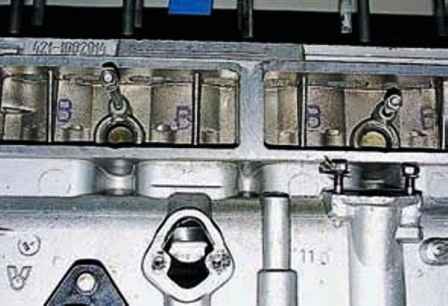
On the block, the letter is applied with paint, by which we select the piston to the cylinder
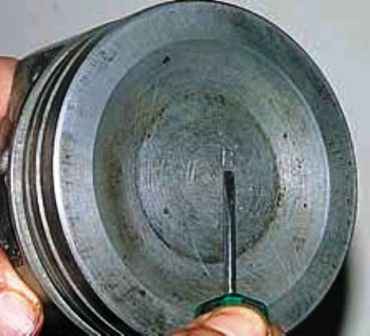
The letters on the block and piston must match.
Roman numeral "II" indicates the required piston pin group

The designation "421" on the piston indicates that it is intended for the UMZ-4218 engine
When repairing with cylinder boring, the required clearances are provided in the process of boring and honing for pre-purchased pistons of the same repair size.
The diameters of the holes in the piston bosses, the connecting rod head and the outer diameters of the piston pin are divided into four groups, marked with paint: I - white, II - green, III - yellow, IV - red.
On the fingers, the group number is indicated by paint on the inner surface or ends. It must match the group indicated on the piston.
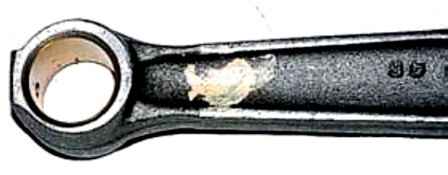
On the connecting rod, the group number is also indicated by paint
It must either match or be adjacent to the group finger

The finger, lubricated with engine oil, should move with little effort in the connecting rod head, but not fall out of it
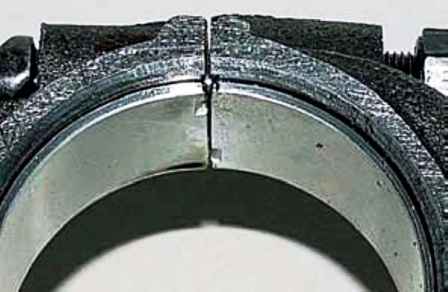
Locks of liners should be located on one side of the connecting rod

The protrusion on the connecting rod cap must match in direction with the inscription "Front" on the piston
Heat the piston to a temperature of 60–80 °C. It is allowed to heat the piston in hot water.
We insert the connecting rod head between the piston bosses and quickly press in the piston pin lubricated with engine oil.
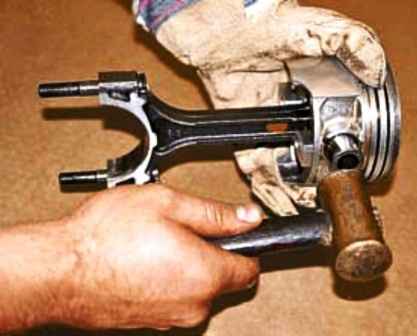
If there is no fixture, you can press the finger with a copper or ordinary hammer through a soft metal mandrel, holding the piston in weight
We fix the piston pin on both sides with retaining rings

We check the piston rings, for this we install the piston rings in the cylinder one by one to a depth of 20-30 mm from the upper edge and measure the gaps with a set of feelers
Compression rings should have a gap in the lock of 0.3-0.5 mm, oil scraper 0.5-1 mm
We put the rings on the piston, starting with the oil scraper ring

Spread the lock of the radial expander, install it in the lower groove
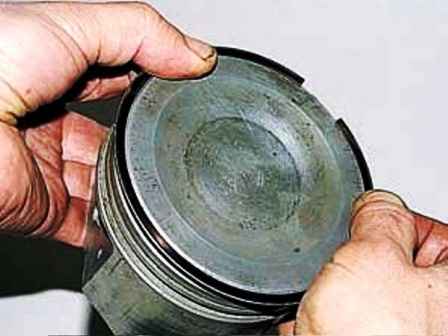
In the same way, install the lower ring disc

Installing the expander and the upper ring disc
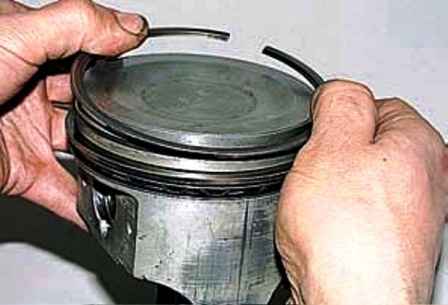
The oil scraper ring discs are interchangeable
We put on two compression rings in succession so that:
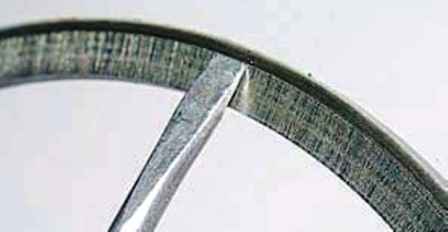
- the chamfer on the outer diameter of the lower compression ring was turned towards the piston skirt
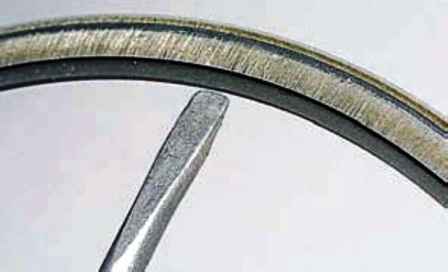
- the chamfer on the inside of the upper compression ring was facing the piston bottom





